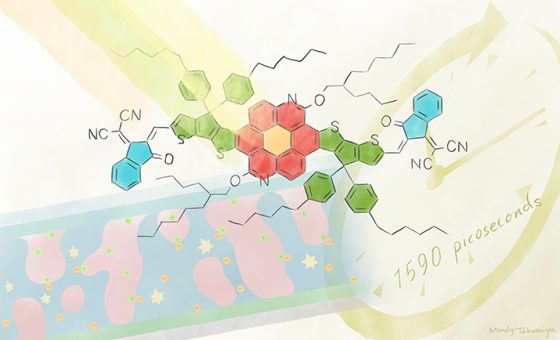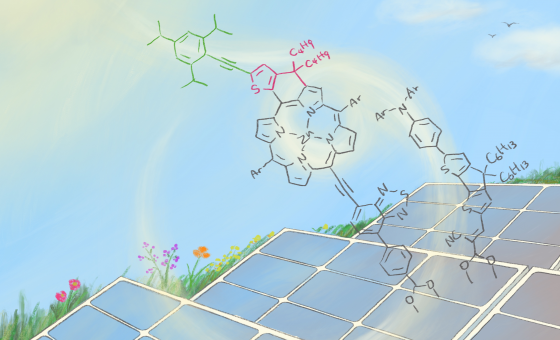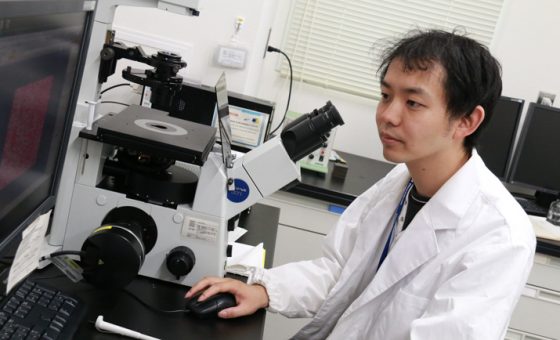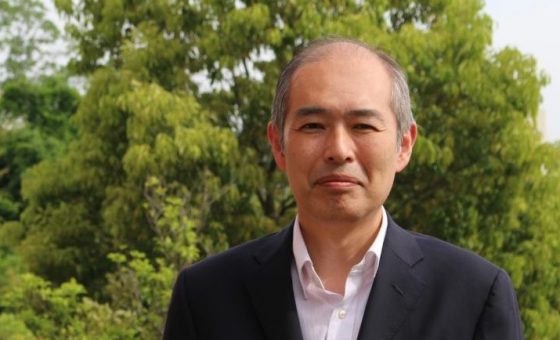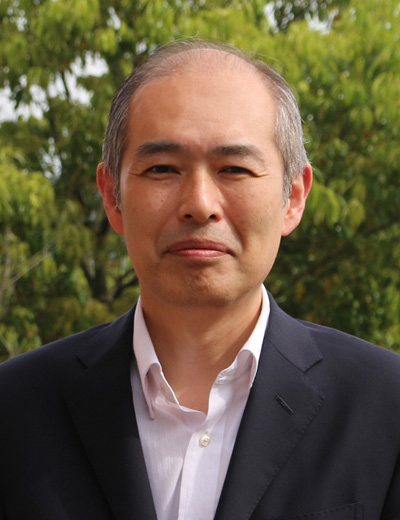

Research Interest
Artificial Photosythesis, Organic Photovoltaics
What I like about my science
Photoinduced electron transfer is one of the most fundamental processes in physics, chemistry, and biology. In the reaction center of natural photosynthesis, photoinduced electron transfer generates a long-lived charge-separated state with ~100% efficiency, leading to light-to-chemical energy conversion. In contrast, photoinduced charge separation at the interfaces of organic photovoltaics generates an electron-hole pair, eventually achieving light-to-electricity conversion. We have been working towards elucidating the underlying fundamental principles, which could be very useful for the rational design of highly efficient artificial photosynthesis and solar energy conversion.
Researcher Q & A
Where are you from?
Kyoto, Japan
Why did you become a researcher?
I was born and raised in Shimogamo, Kyoto, which was very close to Kyoto University. That intellectually stimulating environment inspired me very much. Thus, I was motivated to become a researcher.
What is your favorite experiment, theory, device, reagent, lab equipment? Why do you like it?
I like the Marcus theory for electron transfer. This theory really explains the unusual behavior of electron transfer, e.g., slow electron transfer occurring in the inverted region of Marcus parabola.
What is your hobby?
I used to listen to jazz and classical music. For instance, I love Kind of Blues by Miles Davis. I am not sure why I love it, but the album attracts me naturally.
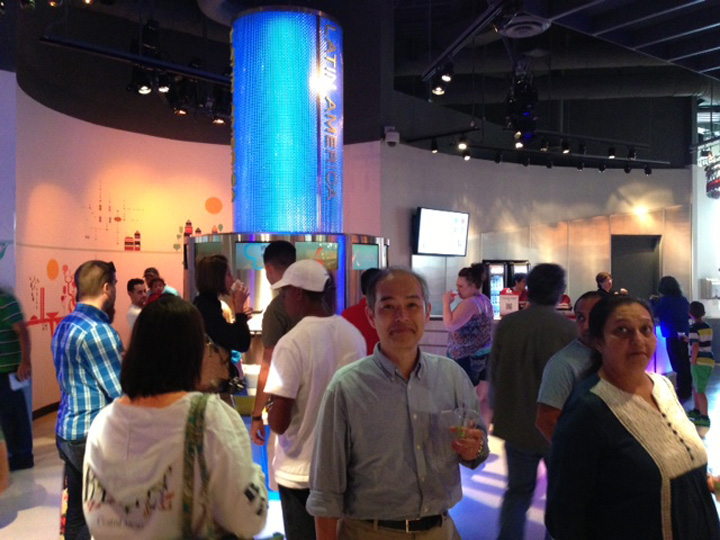
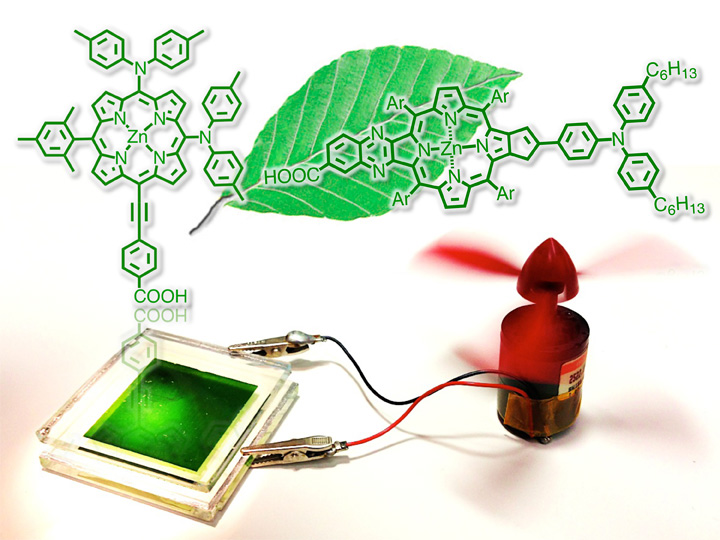
Members
Media
List-
京大、励起状態を50倍長く保持する電子受容体、有機薄膜太陽電池向け
-
有機薄膜太陽電池の実用化へ前進、励起状態が長寿命な新材料の開発に成功
-
有機薄膜電池、発電層に新材料
-
京大、薄膜化した際に励起状態が長寿命化する電子受容性材料を開発することに成功
-
京大、高エネルギー状態が長い有機薄膜太陽電池材
-
京大、太陽電池向け色素開発 エネ変換効率10%超
-
太陽電池を軽量・安価へ 京大グループが新手法 有機素材、実用化へ前進
-
京大、新規ポルフィリン色素の開発に成功-世界最高の太陽光エネルギー変換効率実現へ
